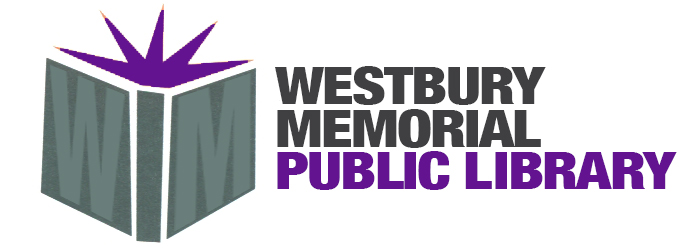Librarian’s Pick: Nothing to See Here – Kevin Wilson
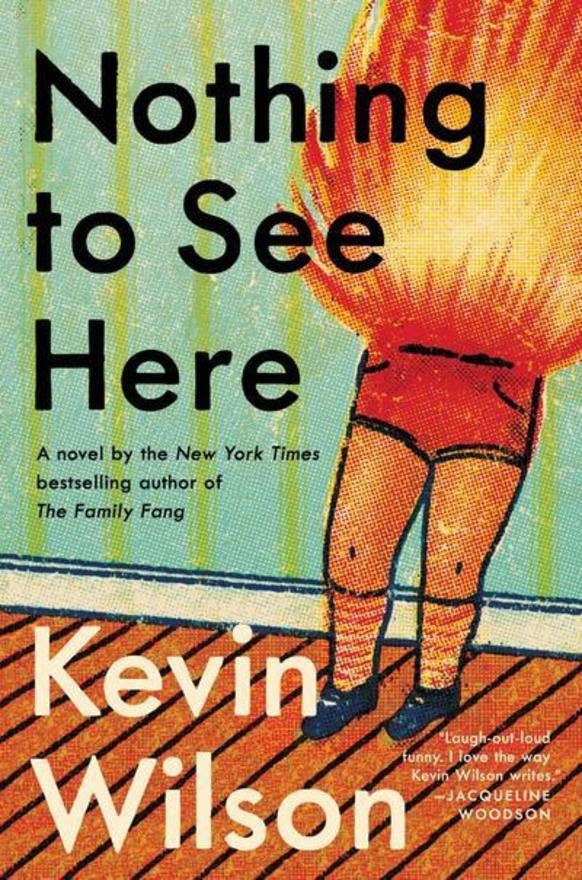 “Kids are unpredictable. They suddenly love food they once thought disgusting. And sometimes they just might spontaneously combust.
“Kids are unpredictable. They suddenly love food they once thought disgusting. And sometimes they just might spontaneously combust.
In Nothing to See Here, Kevin Wilson doesn’t dwell on the science of human combustion. Instead, he uses the phenomenon as a clever metaphor for human behavior, especially as it relates to a seemingly privileged family.
Lillian Breaker, the novel’s 28-year-old narrator, is anything but privileged. She grows up poor in Tennessee but is determined to seek a better life, so she earns a scholarship to the prestigious Iron Mountain Girls Preparatory School. She develops a fast friendship with Madison Billings, a rich girl whose family owns a chain of department stores. They’re classmates for a year, until another student rats on Madison for having cocaine in her room. The Billings family’s solution? Bribe Lillian’s mother and get Lillian to take the rap.
The young women go their separate ways until years later, when Madison is the wife of a senator who had twins with a previous spouse. The senator is eager to assume higher political office, but the 10-year-old twins are a liability. Whenever something upsets them, they burst into flames, damaging everything around them but leaving their own bodies unharmed. Madison hires Lillian to live on the family estate and act as governess to the two children. What follows is a series of revelations for all parties, as Lillian discovers untapped maternal instincts and Madison and her husband learn more about their family dynamics.”
Owl’s Nest Review: Charlie Hernandez & The League of Shadows by Ryan Calejo
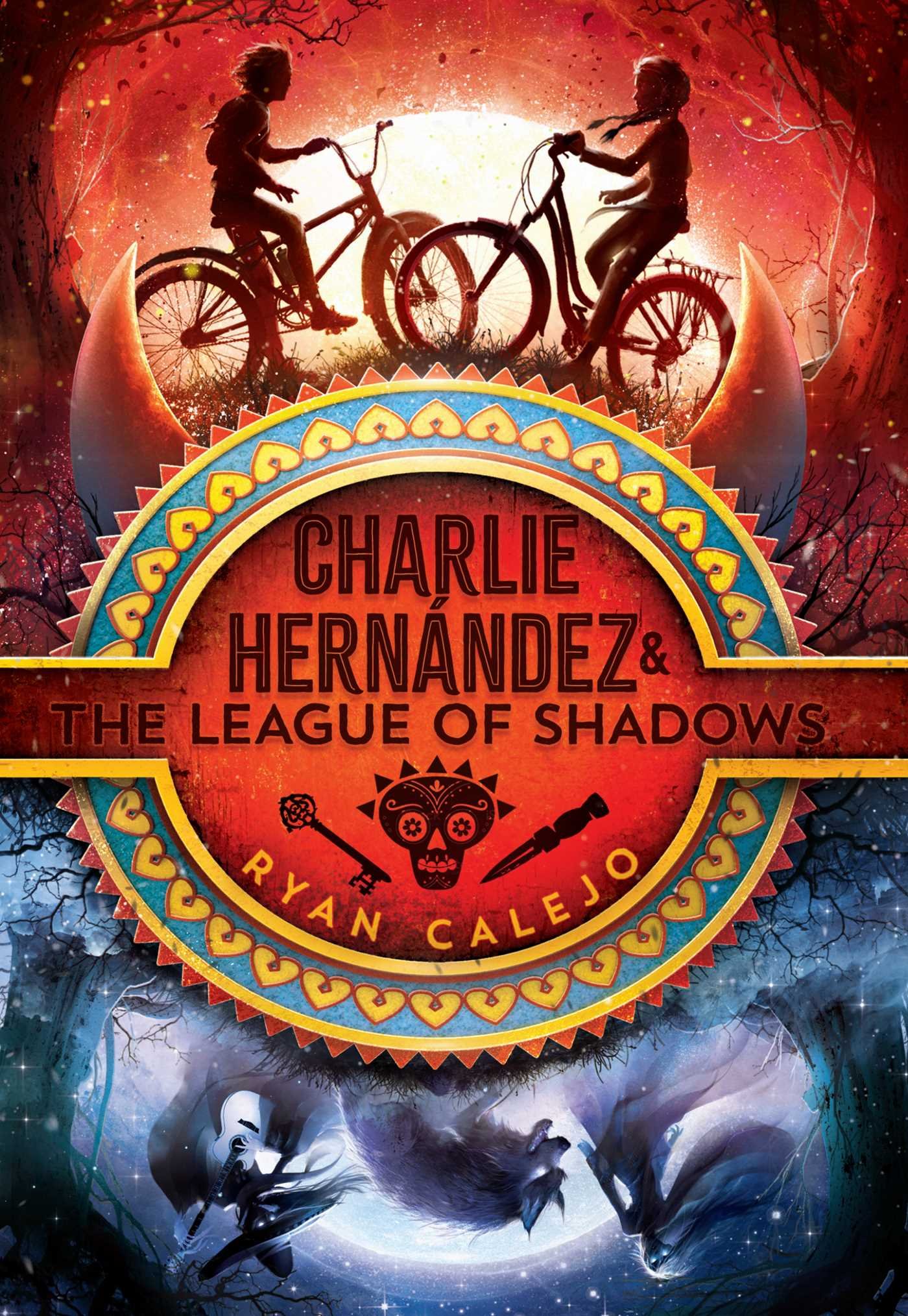 Charlie’s doing the best that he can. His parents disappeared after his family home burns down. Two months later he’s living in a stranger’s home with just the memories of simpler times; hugging his parents, watching t.v. with them and listening to his abuela’s stories.
Charlie’s doing the best that he can. His parents disappeared after his family home burns down. Two months later he’s living in a stranger’s home with just the memories of simpler times; hugging his parents, watching t.v. with them and listening to his abuela’s stories.
Charlie’s abuela always made sure that she told him as many Hispanic myths as she could.
He thought they were just fairy tales that every latino kid grows up on, until those myths turn out to be real.
Charlie not only encounters La Llorona, a calaca, and El Sombreron, to name a few, but he also has to deal with the worst form of puberty: growing horns, feathers and claws!
With the help of a new friend, Charlie has to figure out why this is happening to him, avoid being killed and maybe even save the world.
A great read for those who liked Percy Jackson and the Olympians
Grades 5 and up
Librarian’s Pick: The Life And Afterlife Of Harry Houdini – Joe Posnanski
 “The Life and Afterlife of Harry Houdini is hardly a typical biography; it’s more like taking an up-close-and-personal tour of the escape artist’s life, narrated not only by author Joe Posnanski in his wonderfully entertaining prose but also by a host of colorful experts whom the author tracks down.
“The Life and Afterlife of Harry Houdini is hardly a typical biography; it’s more like taking an up-close-and-personal tour of the escape artist’s life, narrated not only by author Joe Posnanski in his wonderfully entertaining prose but also by a host of colorful experts whom the author tracks down.
Posnanski says he was drawn to the legendary escape artist because he “sparks so much wonder in the world, even today.” Modern magicians seem to concur that, technically speaking, Houdini wasn’t a particularly good magician. However, crowds were mesmerized by his escapes and were convinced he could do the impossible. The great actress Sarah Bernhardt was so gobsmacked that she asked if Houdini could restore her missing leg.
The truth of the matter is that Houdini was a charismatic, brilliant entertainer who was obsessed with fame. This publicity genius was ruthless against critics and competitors and could not for the life of him ignore an insult. He loved making money but wore tattered clothes, preferring to spend his money on self-promotion, magic books and paraphernalia.
Even today, Houdini “lives on because people will not let him die,” Posnanski writes. He introduces readers to a variety of Houdini’s modern disciples, such as Kristen Johnson, “Lady Houdini,” who says that after she tried her first rope escape, “she felt alive in a whole different way.” Magician David Copperfield takes Posnanski on a tour of his private museum in Las Vegas, discussing his predecessor’s influence. Australian magician Paul Cosentino admits, “I guess . . . he saved my life. Little boys like me, we need Houdini, you know? He’s a symbol of hope.” As Posnanski concludes, “Houdini is not a figure of the past. He is a living, breathing, and modern phenomenon.”
Librarian’s Pick: All This Could Be Yours – Jami Attenberg
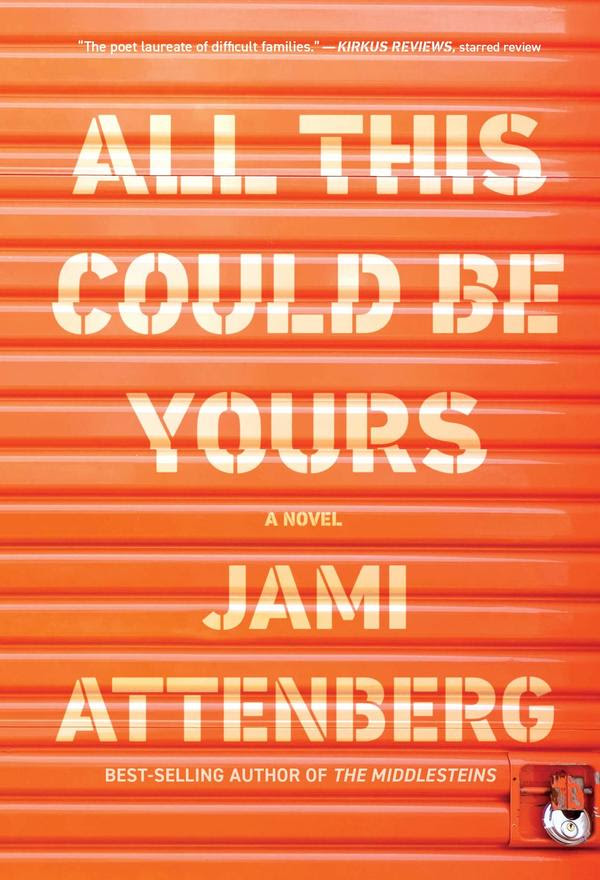 “When we meet Victor Tuchman, the patriarch of New Orleans-based novelist Jami Attenberg’s All This Could Be Yours, he’s as good as dead. Which is just as well, since everyone agrees Victor is a monster. Now he languishes in comatose purgatory while the whole family is called home. Well, not home exactly, but to Victor and his wife Barbra’s condo in New Orleans, where they’ve lived for about a year. Nobody is sure why they left Connecticut, but it probably had something to do with Victor’s criminal activity. Not that anyone knows what that activity is—except maybe Barbra.
“When we meet Victor Tuchman, the patriarch of New Orleans-based novelist Jami Attenberg’s All This Could Be Yours, he’s as good as dead. Which is just as well, since everyone agrees Victor is a monster. Now he languishes in comatose purgatory while the whole family is called home. Well, not home exactly, but to Victor and his wife Barbra’s condo in New Orleans, where they’ve lived for about a year. Nobody is sure why they left Connecticut, but it probably had something to do with Victor’s criminal activity. Not that anyone knows what that activity is—except maybe Barbra.
One family member has questions. Alex, their daughter who lives in Chicago, is a tough-minded, recently divorced attorney who gave up on a relationship with her parents years ago. But news that Victor is near death stirs in Alex a primal excitement. In a rare show of optimism, Alex has convinced herself that once her father is dead, her mother will spill the tea on the Tuchmans’ secret history.
Gary, Alex’s younger brother, has been living in New Orleans for several years and has no idea why his parents stopped honoring the decades-long unspoken agreement to stick to their own corners of the country. Gary, who is going through a marital crisis, just happens to be in Los Angeles on business when he gets the call. He promises his mother he’ll find a flight home soon but can’t manage to force himself onto a plane.”
Librarian’s Pick: The Body – Bill Bryson
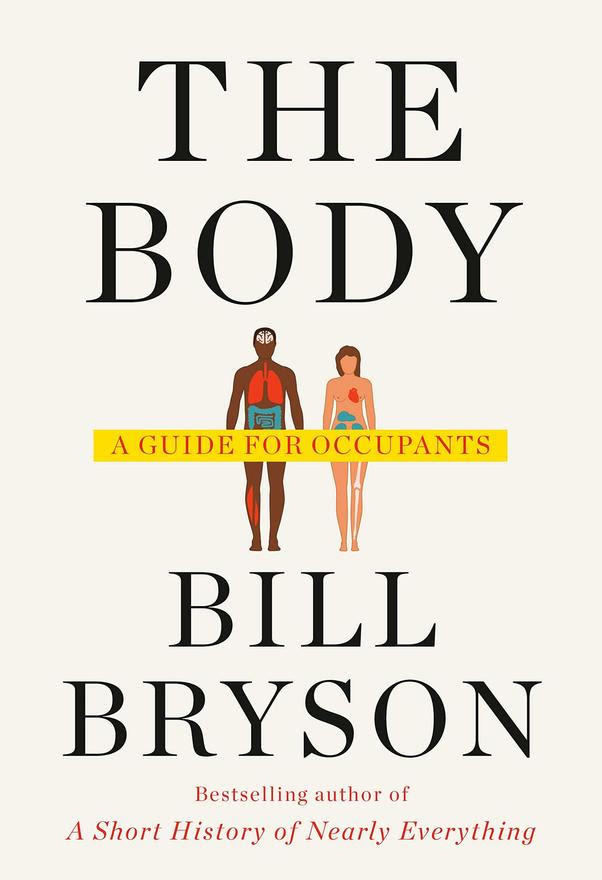 “In his latest book, The Body: A Guide for Occupants, Bryson divides the body’s various parts and processes into 23 chapters, with subject headings such as “The Heart and Blood,” “The Guts” and “Nerves and Pain.” Each relatively short chapter is chock-full of clear, in-depth explanations of the body and its components, focusing just the right amount of facts and attention on each area to keep the reader riveted and eager to dive into the next topic.
“In his latest book, The Body: A Guide for Occupants, Bryson divides the body’s various parts and processes into 23 chapters, with subject headings such as “The Heart and Blood,” “The Guts” and “Nerves and Pain.” Each relatively short chapter is chock-full of clear, in-depth explanations of the body and its components, focusing just the right amount of facts and attention on each area to keep the reader riveted and eager to dive into the next topic.
As with his previous writings, Bryson demonstrates his gift for putting science in layman’s terms, deftly melding the most incredible statistics with wit to expose humorous and fascinating aspects of the human condition. He relates these nuggets of information to everyday life, such as when he compares a cell to a little room that is “of itself as nonliving as any other room.” Yet when combined with the busy, also nonliving things housed within its walls—such as proteins, DNA and mitochondria—life is created.
Throughout the book, Bryson highlights parts of the human physique that are mysteries even to doctors and scientists. He creatively intertwines amazing medical advances, such as transplant surgery and antibiotics, with topics that are still very much unknown, such as the immune system and allergies. It’s rather humbling to realize that there’s so much we don’t know about the place that houses all of our thoughts, feelings and physical attributes. As Bryson so effectively conveys in The Body, we truly are a work in progress.”
Librarian’s Pick: Your House Will Pay – Steph Cha
 “Steph Cha’s nerve-scraping novel—with its biblical, plangent title and painfully relevant plot—could be described as triggering, depending on the reader. Your House Will Pay is based on a particularly sickening episode during a particularly sickening period in American history. In 1991 Los Angeles, Korean grocery store owner Soon Ja Du shot 15-year-old Latasha Harlins in the back of the head after accusing her of stealing. The horror was caught on video, and although Du was convicted of voluntary manslaughter, she never went to jail.
“Steph Cha’s nerve-scraping novel—with its biblical, plangent title and painfully relevant plot—could be described as triggering, depending on the reader. Your House Will Pay is based on a particularly sickening episode during a particularly sickening period in American history. In 1991 Los Angeles, Korean grocery store owner Soon Ja Du shot 15-year-old Latasha Harlins in the back of the head after accusing her of stealing. The horror was caught on video, and although Du was convicted of voluntary manslaughter, she never went to jail.
Who was this woman who pulled the trigger? Who was the girl she shot? To answer this, Cha has fictionalized the players, with Du turned into Yvonne Park and Harlins into Ava Matthews, and has brought them to life through the eyes of their loved ones. In Yvonne’s case, this means her taciturn husband, Paul, and their daughters, Miriam and Grace. After Yvonne kills Ava, the Parks escape into anonymity. They run a tiny pharmacy in a mall filled with modest Korean businesses and keep to themselves.
As for Ava, she and her brother, Shawn, were raised by their aunt Sheila after the death of their mother. Sheila’s son, Ray, is more like a brother than a cousin. The comings and goings of this African American family are far more dramatic than those of the reclusive Parks. Shawn and Ray have been in and out of gangs and, unlike Yvonne, in and out of jail. For most of the book, they’re middle-aged and determined to stay on the straight and narrow. Ray is a husband to the faithful Nisha and a father to their children, and Shawn is helping his girlfriend raise her adorable toddler. Then something terrible happens, and the Parks and the Matthewses are thumped back to square one.
The heart of the book is how alike these people are. They work, they eat, they pray, they love; their devotion to their families is painful. They are caught up in a racial pathology that came into play long before the Parks emigrated to America and before any member of the Matthews family was born. That pathology led them to turn on each other.
What Cha wants the reader to understand through her straightforward prose is that none of what happened between these two families had to happen, and everybody’s house pays.”
